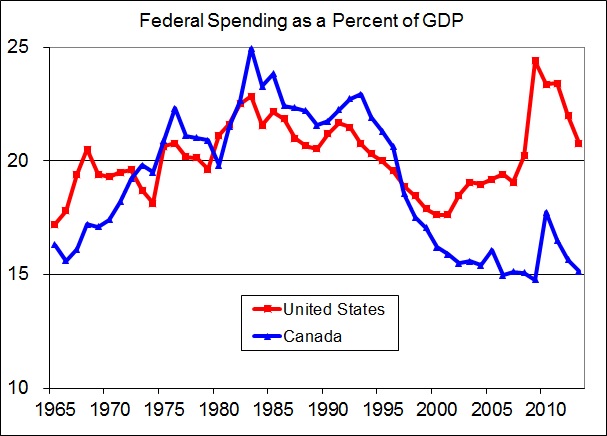
Austrians go to the polls on September 29, and just as with Germany’s election last weekend, voters seem inclined to reward a government that has largely kept Austria’s economy strong through a time of recession and unemployment throughout much of the rest of Europe.
But German chancellor Angela Merkel has steered a largely moderate, pragmatic course over the past eight years in Germany, and it’s arguable that Germany’s economic success owes much to its position as Europe’s largest economy and its role as a leading global high-tech manufacturer than to any Merkel-era economic policies — if anything, Merkel’s center-left predecessor Gerhard Schröder pushed through the policies (including the Hartz IV labor and welfare reforms) that steeled Germany for the economic storm of the late 2000s and early 2010s.
In Austria, however, it’s been an even more sanguine story.
The country has a 4.8% unemployment rate, according to Eurostat, the lowest among all 27 countries in the European Union. Its GDP dropped just 3.8% in 2008 (a narrower drop than in Germany), and it returned to growth thereafter — even in 2012, it managed to record GDP growth of 0.8% while most of the eurozone was mired in recession.
So what has Austrian chancellor Werner Faymann and his government done over the past five years in order to steer Austria out of the straits of the eurozone morass? As it turns out, a lot.
While several European countries have served as battlegrounds for harsh transatlantic battles among economists over economic policy (the usual suspects, but also places like Iceland, Latvia and Estonia), you would think that neo-Keynesian economists would be shouting from the rooftops about Austria’s economic stewardship. Don’t confuse Austria’s economic policy today with Austrian economics, as such, which is something very much the opposite.
Since his election in September 2008, Faymann has led a grand coalition between his own center-left Sozialdemokratische Partei Österreichs (SPÖ, Social Democratic Party of Austria) and the center-right Österreichische Volkspartei (ÖVP, Austrian People’s Party), and it’s about as anti-austerity a government as Europe has seen.
Given the strength of the Austrian labor movement, Austria immediately pursued the kind of work-sharing policies that Germany also adopted in the aftermath of the crisis when aggregate demand tumbled — the idea that shorter working hours for everyone would be a way to disperse the slack in the economy, thereby avoiding the wave of layoffs that we saw in the United States.
But Faymann also pushed through job training legislation that massively empowered Austria’s Arbeitsmarktservice (AMS, Austrian Employment Service), including strong benefits for the unemployed and the guarantee of a paid training internship for young Austrians in the marketplace. Austria’s labor market has performed exactly the opposite of that in the United States — unemployment rose in Austria because more workers were seeking jobs, while the US unemployment rate has dropped partly because so many American workers have given up on finding employment.
Faymann also allowed Austria’s public debt to rise from around 60% in 2008 to 75% today in order to finance the jobs legislation and other stimulative measures to shore up Austria’s economy. His government also took the lead in convincing the European Union and the International Monetary Fund to provide up to €125 billion to stabilize banks in the Central European and South Eastern European (CESEE) region, a strategy that worked to reassure global investors. A financial panic in CESEE region countries, such as Hungary, would have led to massive losses for Austrian banks as well. The idea is that a credible commitment from government at the outset of a financial crisis will stave off a larger financial panic. Contrast the far less proactive European response to the wider sovereign debt crisis — it was only in July 2012, the eurozone crisis’s third year, that European Central Bank president Mario Draghi said he would do ‘whatever it takes’ to save the euro.
Faymann is campaigning on a platform of instituting a wealth tax on millionaires and institutionalizing a levy on the assets of large banks, both of which Faymann hopes will keep income inequality relatively low in a society that already has one of the world’s lowest Gini coefficients.
With a record like that, why isn’t Paul Krugman cheerleading for Faymann from the op-ed pages of The New York Times? Here’s a European leader who has pursued as close to a Krugmanite economic policy as anyone.
For one, you could easily argue that Austria’s just been lucky. Continue reading Meet Austrian chancellor Werner Faymann, Europe’s Superman of Keynesian economics →
![]()
![]()


